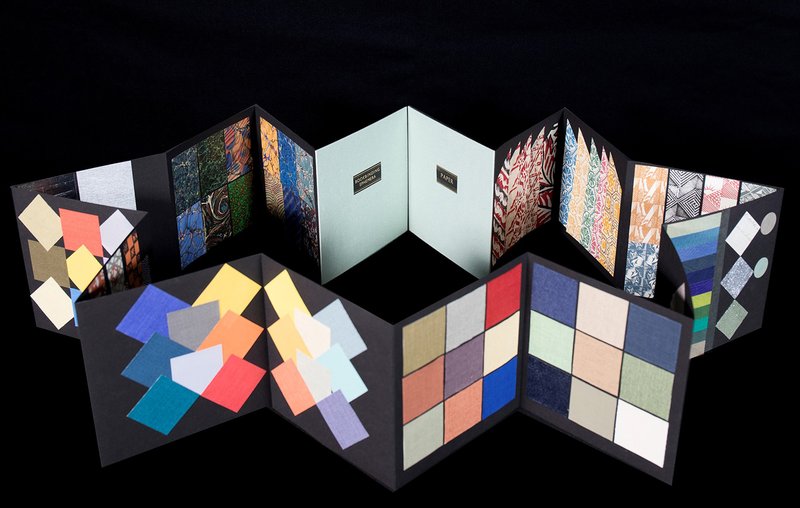Introduction
“No pattern should be without some sort of meaning.”
–William Morris, Hopes and Fears for Art
A first encounter with any text is shaped by its outward appearance. A book’s spine, covers, edges, even its size and shape, all say something about where that book comes from, who it may be speaking to, and how it may be regarded by the people who made it, and those who owned it. Bindings frame a text physically and, with innovations in structure and design, metaphorically, too.
The transition from the papyrus and parchment roll to the codex during the fourth century C.E. made bindings a practical necessity, and early bindings were chiefly utilitarian. Made of stiffened vellum or hardwood boards covered in leather, codex bindings were designed to protect the works they enveloped and make them more convenient to store and to read. Decorations were few and generally limited to tooling and stamping, though medieval treasure bindings used gem and precious-metal ornament to reflect the preciousness of the book at hand. Coats of arms and other markings were occasionally applied to a binding to indicate ownership and give some clue to the work contained within. The visual cues were subtle, however, and the relationship between a text and its binding was never as explicit as seen in today’s hardbound and paperback books.
The utilitarian aspect diminished in the nineteenth century when bookbinders, some of whom were informed by principles of the Arts and Crafts Movement, explored ways in which bindings might enhance the subject matter of the books they contained. Changes in manufacture and design techniques led to artistic innovations that made the binding essential to the text, a crucial part of the story from the very point of entry.

Claudia Cohen
This ingenious dos-a-dos by Claudia Cohen is one book that holds two titles: Bookbinding Ephemera and Paper. Each work can be read front-to-back and back-to-front thanks to the accordion-fold binding. Claudia Cohen got her start as an apprentice to master printer Harold McGrath at Gehenna Press. She founded her own bindery in Massachusetts in 1983 and moved it to Seattle, Washington, in 2003, where she continues to produce artist’s bindings and papers.
